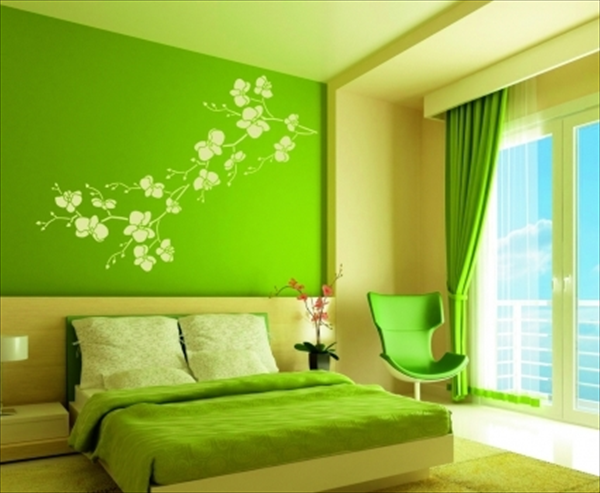
Low-VOC Paint
As our awareness is constantly being raised in relation to the importance of healthy and eco-friendly living, we are learning more and more about the aspects of life that might pose a threat to our health or the environment and how to improve our living conditions.
Indoor air quality is one of the critical parameters when it comes to healthy living and lack of health hazards. Consequently, the paints we use to bring life to the walls, floors and ceilings are a major contributor to air quality and we should make sure they are non-toxic, which means they should contain little or no volatile organic compounds (VOCs).
What are VOCs?
To put it simply, they are carbon-based molecules present in all sorts of products we use. Normally, they vaporise and enter the air to combine with other compounds and make ozone. The most common VOC is methane, which is usually found outdoors, but paints, carpets and cleaning agents can also introduce it to your home.
Where do they cause problems?
The higher the concentration of VOCs indoors, the poorer the air quality. While the air inside the house is normally just two to five times worse than the one outside, concentrations of VOCs may be even 1000 times higher indoors than outdoors. No wonder we don’t enjoy the smell of glues and adhesives containing formaldehyde, or paints and varnishes that contain polyurethane, since these two are among the most common, yet toxic compounds.
Which paints can help avoid health problems?
Most paints still contain some VOCs, but their content has been greatly reduced. Broadly speaking, we can say that there are natural paints, zero-VOC paints and low-VOC paints and that they are all seen as green alternatives to traditional ones with high amounts of VOCs.
Natural and zero-VOC paints
The most expensive and difficult to find are natural paints, which contain only natural, raw ingredients. They can be water-based, which don’t give off smell, or oil-based, with a pleasant citrusy fragrance.
Zero-VOC paints actually do contain some VOCs, but usually not more than 5 g/l. Also, colorants, biocides and fungicides may contain VOCs, but their content is still too low to be considered a health hazard.
Low-VOC
Finally, low-VOC paints use water as a carrier, which means that the level of harmful emissions is much lower than in the case of solvent-born coatings. The amount of VOCs may vary in such paints, but it mustn’t exceed 200 g/l. Most renowned manufacturers are keeping them at under 50 g/l and quality paints, such as those offered by Paint Online, for instance, have been thoroughly tested and proven non-toxic.
You might still detect some odour after using a low-VOC paint, but it will quickly disappear as the paint dries, leaving you with much better indoor air quality and a healthier environment. Such paints are now available in a much wider range and their price is not as high as it used to be, which is also an important factor when choosing a paint for your home. When you add this fact to the one related to having a much healthier environment, a solution presents itself simply.
So, if you’re planning to freshen up your home with a new coat of paint, you should most definitely consider switching to low-VOC paints, since they are not only good for the environment, but also for the health of all those living with you. The fact that such products are now available from most reputable stores in your neighbourhood also means that people selling them have learned a lot about them and are ready to help you with any concerns you might have.
 WhosGreenOnline.com Your Online Magazine and Directory for Green Business, Product, Service and News!
WhosGreenOnline.com Your Online Magazine and Directory for Green Business, Product, Service and News!

